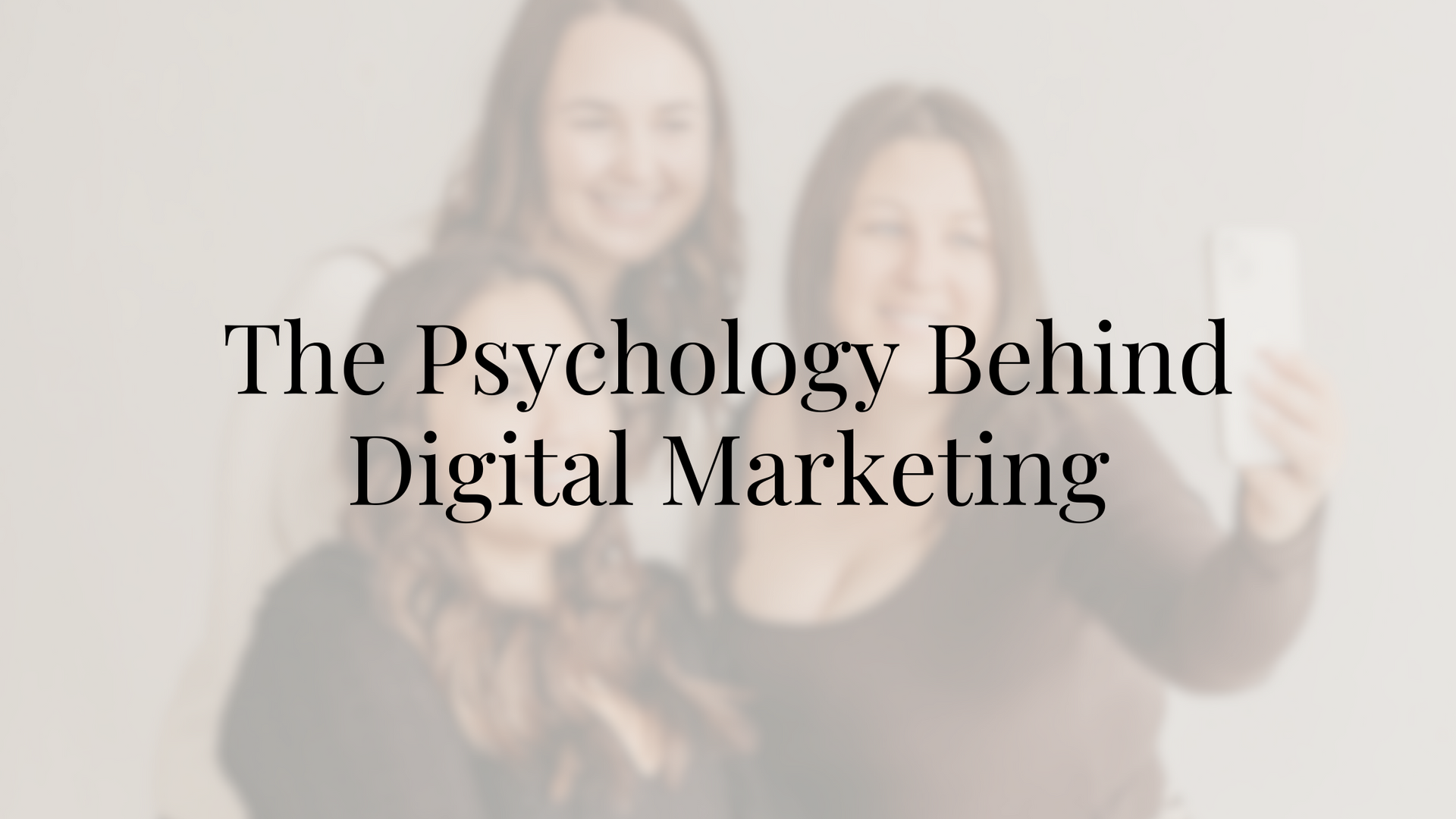The Psychology Behind Digital Marketing

Learn how you can apply psychology to your digital marketing campaigns in order to foster success.
Psychology plays a crucial role in everything that we do. Every time you see an ad – whether on social media, print, or in an email – you’re experiencing a strategic, calculated effort to capture your attention and influence your behaviour. From fonts and colours to tone and messaging, marketers are using psychological principles to build engagement and drive action. But, how can you apply these principles to improve the performance of your ads? In this blog, we will discuss how you can effectively implement psychological principles to maximize the effectiveness of your digital marketing efforts.
Biases
Cognitive Biases
A cognitive bias impacts how we all interpret the world around us and make decisions, even without us realizing it. In digital marketing, understanding and leveraging these cognitive biases can help us influence the behaviour of our target audience and drive conversions.
Anchoring Bias
Anchoring bias refers to the tendency to put an emphasized focus on the first piece of information that we receive when making decisions. This initial piece of information, or “anchor,” influences how we interpret the value, price, and/or significance.
In digital marketing, anchoring bias can be applied through displaying a discounted price beside the original price within the ad. Additionally, showcasing a more expensive product next to a mid-ranged product within an ad will make the items seem more appealing.
Confirmation Bias
Confirmation bias outlines that we are more likely to seek out, favour, and remember information that already aligns with our existing beliefs. Information that doesn’t align with these pre-existing views is often ignored or dismissed.
Successful digital marketing campaigns are created to align with their target audience’s already existing views and preferences. In doing so, they are more likely to engage and convert.


The Impact of Colour
Colours have a strong, distinct impact on how consumers perceive your brand and digital ads. By strategically choosing colour, businesses are able to influence consumer decisions, build brand identity, and improve user experience. Colours are proven to evoke emotions, so by harnessing their power, you are able to influence consumer behaviour and drive conversions.
Each colour has a different emotional impact on the consumer. Some may include:
Red: Strong emotions, urgency, excitement
Yellow: Optimism, happiness, positivity
Green: Growth, nature
Blue: Trust, calm, professional
Purple: Luxury, sophistication
By choosing colours that align with the emotions you wish to portray, digital advertising and company branding will enhance brand recognition and influence consumer decisions more effectively.
The psychology behind digital marketing plays a key role in determining its success. By leveraging cognitive biases and other psychological principles, you are able to create more effective marketing campaigns and drive conversions. Applying these insights will not only attract more potential customers, but it will also foster stronger connections, engagements, and improve brand loyalty.



